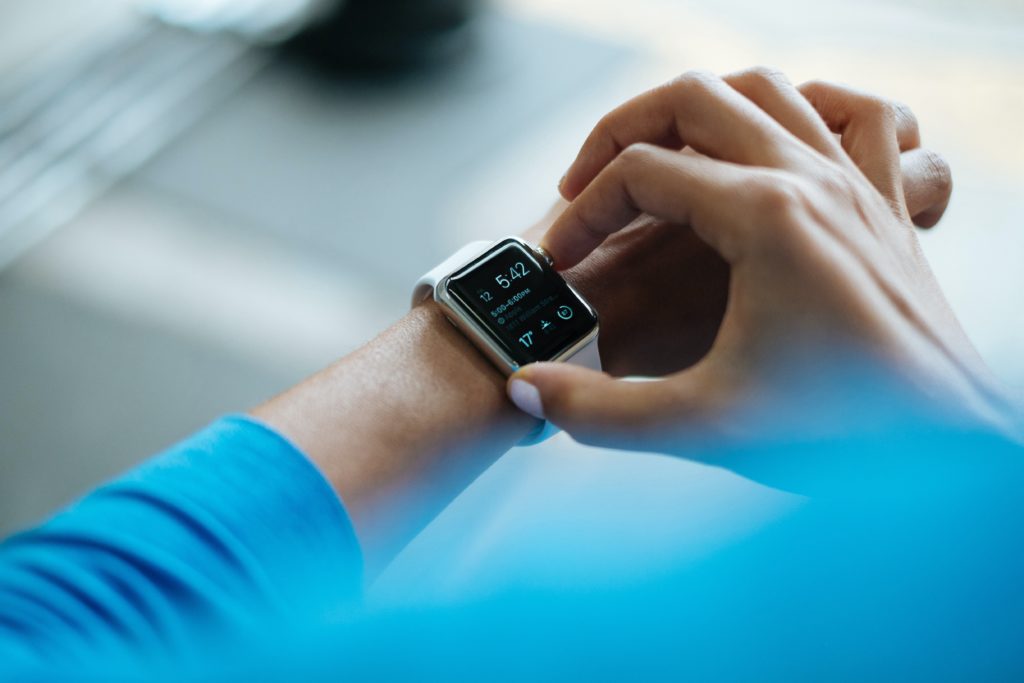Nowadays, nearly every industry is relying on tech advancements to move forward and grow. Often, these advancements are used to make people’s lives easier and more convenient. They are even highlighted as ways to improve the lives of people with physical disabilities.
There’s no denying we’ve come a long way in terms of things like prosthetic limbs and hearing aids. Thanks to technology, people living with disabilities have more autonomy than ever. But that doesn’t mean we don’t have a long way to go.
Many tech advancements, including smart home technology and wearable devices, are aimed primarily at able-bodied people. As the world continues to become more connected, it’s important for physical accessibility to be prioritized with all tech tools and advancements. Manufacturers and researchers alike should take into account all different kinds of bodies. Unfortunately, some companies are still overlooking individuals with disabilities.
Let’s take a closer look at why tech advancements should include everyone — and what companies can do to bridge the gap.
Wearable Tech Solutions
Wearable tech isn’t necessarily new, but we’re seeing continued advancements that have made it more popular and intricate over the last few years. Nowadays, wearable technology is used for things like:
- Health and fitness tracking
- Disease management
- Performance monitoring
- Navigation tracking
- Personal data collection
As advancements continue, it’s likely that wearable tech will be used to mitigate additional health and wellness issues. For example, many able-bodied people deal with “text neck” from having poor posture while texting and using phones. While it might seem like a small issue, it can lead to a lot of pain and discomfort. Wearable technology combats that problem by allowing you to see things at eye level.
Unfortunately, today’s wearable tech is still failing many people with disabilities. While it’s great for monitoring your health and fitness, many tech companies are failing to realize that no two people with disabilities have the same requirements. For example, someone with cerebral palsy will burn energy at a much higher rate than someone without it. Wearables don’t take that into account. These issues are likely caused by a lack of representation in tech companies. If more research isn’t done on a variety of disabilities, wearables will never be able to “keep up” with the needs of everyone.
Beyond Basic Care
Much of today’s tech is focused on providing people with basic care. That includes people with disabilities. While technology can make it easier to connect with a doctor or monitor your health and vitals, these resources aren’t focused on full integration into society. Some of the common barriers people with disabilities or injuries face include:
- Lack of access to medications
- Lack of accessible transportation
- No day-to-day assistance
- Lack of access to healthcare services
If you’re struggling with an injury or disability, use technology as a resource to educate yourself and find the help you need and deserve. Organizations like the American Association of People With Disabilities (AAPD), the CDC, the ARC, and the Social Security Administration can all provide various benefits and programs that will make it easier to be an active part of society again rather than just meeting your basic physical needs.
It’s also important to research things like disability insurance, utility assistance, and unemployment benefits. While doing this kind of research might not seem related to the tech world, never forget that you have an abundance of information at your fingertips. Deep dive into the legalities of your disability or injury, and you might be surprised to learn something new that could have a hugely positive impact on your quality of life.
Barrier-free Digital Access
When most people think of accessibility issues, they’re focused on the physical world. It’s always going to be essential to eliminate as many physical barriers as possible for people living with disabilities.
But, in this tech-forward world, breaking down digital barriers is just as necessary and important.
In order for that to happen, tech companies, major corporations, and small businesses alike need to focus on digital accessibility. Thankfully, we’re already seeing major strides in that area, especially as automation and artificial intelligence (AI) become more popular. These AI advancements can assist those with disabilities by improving things like:
- Photo descriptions
- Alt text
- Customization options
AI has also made it easier to scan for accessibility issues on websites so developers can make effective changes, whether it’s eliminating flash imagery or ensuring screen readers can easily navigate each area of content.
Tech advancements continue to move forward at a rapid pace. What’s relevant today will continue to grow into something even more incredible in a very short period of time. However, it remains essential for these advancements to include all people with different bodies and abilities. When people with disabilities and able-bodied individuals alike can enjoy full integration into everyday activities on the same level, that’s when we’ll know technology is truly reaching its full potential.



